What do beets taste like? 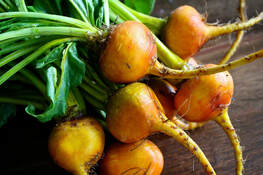 Some people think beets taste like dirt. Others find them sweet and delicious. My motto about vegetables that people say they do not like is, “It’s not the vegetable, it’s the preparation.” So, if you do not like the taste of beets, try cooking them a different way. How do you prepare beets?
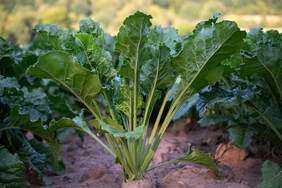 When the leaves are eaten raw, enjoy them as you would any other green vegetable, chopped into salads or used as a wrap instead of bread/tortilla. You can cook the greens as you would any other greens – steamed or stir-fried. The stems can be separated from the leaves and beets, finely chopped and added to raw or cooked dishes for added color and nutrients. You can find more details about cooking beets at this link: https://eatrealamerica.com/2016/05/june-superfood-month/ How nutritious are beets?Beets are low in calories and a good source of fiber. They are a good source of vitamin C and potassium. They are an excellent source of folate and manganese. The root of a beet is a rich source of a compound that lowers a substance that can be found in the blood which is highly toxic to blood vessels. This substance (Homocysteine) can cause the development of heart disease, among other diseases. The root also helps improve blood pressure, alertness, liver detoxification, and stamina. You can find a compelling discussion on some specific nutritional benefits of beets here: https://www.nutrition-and-you.com/beets.html and here: https://www.health.com/nutrition/beets-health-benefits When are beets in season? You should be able to find beets at the farmer’s market now until around October, particularly if you want to enjoy the fresh leaves. You can usually find them year-round in the produce aisle of your grocery store. As previously stated, the beet roots themselves keep fresh in the refrigerator for a few weeks after purchasing them. Try the recipe below for a fresh take on beets. ~ Nancy Miller, MS, RDN Roasted Beets with MintInstructions To Roast the Beets:
To Prepare the Beet Dish:
0 Comments
Although we're nearing the end of July, the bounty of summer produce is still in full swing! Check out the ratatouille recipe below to utilize those juicy garden tomatoes, plentiful zucchini, and fresh herbs. Mix up your staple grains with fluffy whole grain couscous and try making your own nutritious salad dressing! RatatouilleRatatouille is a French dish featuring vividly colored vegetables layered over a richly flavored tomato sauce baked in a casserole dish or cast iron skillet. It can also be made as a stew. This dish is best made in the summertime when all of the ingredients are in season and their flavor and nutrient profiles are at their peak. Farmers markets will often carry heirloom varieties of vegetables in different colors, adding more visual appeal to the dish. For those with little ones, try including them in the vegetable layering steps. This is a great way to increase their curiosity of the rainbow colors of fresh ingredients and entice them to try a delicious vegetable packed dish they helped create! Makes 12 side servings Recipe adapted from Allrecipes Ingredients: For the sauce
Directions: Sauce-
Nutrition Facts per Serving (1/12th of recipe): 78 calories, 15g carbs, 4.5g fiber, 2g fat, 3.3g protein, 276mg sodium, 655mg potassium Tangy Honey Mustard DressingStore bought salad dressings are convenient, but they often have a lot of added sodium and sugars to make them taste good. Making dressings yourself can help to reduce sodium intake if salads are a part of your daily routine. The best part about making your own is that it's very easy and you can customize your dressing to your desired taste and texture! Simple ingredients like olive oil, vinegar, and herbs can turn into a vibrant dressing with a little know-how. This honey mustard recipe features the use of probiotic filled yogurt as a way to add creaminess to the dressing without adding the extra calories from mayonnaise. It also uses fresh lemon juice for extra tanginess and stone ground/dijon mustard for a nice kick.
Directions:
Nutrition Facts per Serving (2 Tablespoons): 68 calories, 6g carbs, 0g fiber, 5g fat, 1g protein, 107mg sodium, 40mg potassium Perfect Whole Wheat CouscousCouscous is often thought of as a grain, but it is actually a pasta. It is a wonderful starch to have on hand, especially if time is running short. All you need is boiling water and 10 minutes. That’s all it takes to put this wonderfully fluffy pasta on the table. It goes great with rich stews and saucy main dishes because it soaks up flavor so well. Be sure to get whole wheat couscous to increase the fiber content of your meal.
Nutrition Facts per Serving (1/2 cup): 88 calories, 18g carbs, 1g fiber, 0g fat, 3g protein, 72mg sodium, 6mg potassium
~Genesis, MS Nutrition, Dietetic Intern 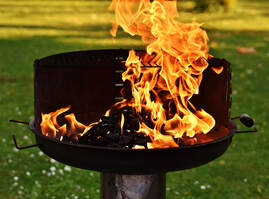 With the 4th of July, come and gone, we’re now well into the Summer grilling season. It’s the time of year when the smell of briquettes waft from picnics, parks, and backyard barbecues. Kebobs, burgers, briskets, and veggies are hot off the grill - it’s the taste of Summer. So, in the spirit of the season, here are some healthy grilling tips to keep you safe this Summer. Examine Your Grilling GearFirst of all, before you start cooking, examine your barbecue and grilling utensils. Are you using barbecue safe utensils? Does anything need to be replaced?  Rather than using your everyday kitchen utensils, it’s a good idea to have some specialized grilling utensils, like a spatula and tongs. Grilling utensils usually have extra length, to give your hands distance from the flame, and they’re typically made of heat resistant stainless steel. Other materials like silicone, wood, or plastic are more likely to melt or breakdown when used on a barbecue. You’ll also want to have a cleaning utensil that’s in good condition. You’ll use this to scrub and clean your grill after each use, so they also tend to accumulate a lot of wear. If you use a wire brush, make sure to regularly examine the condition and pay careful attention for loose bristles. These bristles can become dislodged, and pose serious health risks if ingested with your food. Alternatives include a ball of aluminum foil, a wood grill scrapper, and a grill cleaning brick, or remove the grates when cool and clean them with good-old-fashioned elbow grease in soap and water. Lastly, check out your grill. If you’re using gas, examine your barbecue for cracked or leaking hoses, which can pose a fire hazard. If you have any doubts or concerns, contact the manufacturer. Avoiding Food ContaminationFood poisoning is one of the primary grilling concerns. Every Summer, food poisoning peaks as the warmer temperatures allow unseen bacteria to flourish.
Preventing cross contamination begins when you’re shopping. It’s best to buy meat items last, so you minimize their time in the “danger zone” and exposure to other foods. Also, make sure to separate raw meats in your cart, and grocery bags.  When it comes time to prep your food for the grill, carefully separate raw meat from other foods. If your prepping multiple items, use separate utensils, and never use the same cutting board for preparing meat, vegetables, or fruit. Always wash your hands with soap and water immediately after handling meat. To ensure your hands are thoroughly washed, sing the happy birthday song twice in your head. After you’ve transported your food to put it on the grill, immediately set that dish aside for cleaning. If it’s touched raw meat, it should not be used again. Any utensils should also be cleaned if they’re used to flip or handle the meat as it cooks. What Temperature Should I Cook Meat To?It’s important to cook meat to the correct temperature. To do so, use a properly calibrated food thermometer. You can learn how to calibrate a common food thermometer here. Once your thermometer is calibrated and you think your meat is done, insert the probe end of the thermometer into the thickest part of the meat. Avoid having the probe run along any section of bone, because it can cause an inaccurate reading. Then wait until the meat thermometer begins rising in temperature. Make sure the thermometer reads at the correct temperature as follows: Keeping Carcinogens LowAnother risk with grilling is the consumption of carcinogens, which are substances that can contribute to the development of cancer. When you grill food on your barbecue, there are primarily two substances that could be carcinogenic. The first substance is created when fat drips from the meat and then ignites on the flame below. When this happens, hydrocarbons are carried in the smoke which can then transfer to any foods that are being grilled. Any burning food can produce these hydrocarbons, but fatty meat tends to be the worst offender due to the high flammability of the fat. When meat begins to char, it can also be problematic. When meat is cooked at a high temperature on the grill, or in a pan, the amino acids and creatine within the meat can react together to create heterocyclic amines (HCAs), which is the potentially carcinogenic char that you see.
One way to limit your risk is by choosing the right meat. Lean cuts of meat will drip less fat, causing less smoke and carcinogens to form. Thinner cuts of meat, or seafood will also limit your risk, because they tend to cook faster, limiting their exposure to smoke. Red meat and processed meat should also be limited, since the World Health Organization (WHO) has issued warnings regarding both. Another option to reduce carcinogens is to marinate meat for at least 30 minutes prior to cooking. Research shows that by doing so, you can reduce the formation of HCAs. Not only does it reduce the risk for carcinogens, it will enhance the flavor!  Lastly, remember your fruits, and vegetables. In particular, foods high in Vitamin C, are also an antioxidant and can help reduce the effects of HCAs. Peppers and pineapple are both high in Vitamin C and are delicious on the grill. On skewers, you can alternate these with your choice of meat, and other veggies for delicious grilling option. Orange and citrus fruits can also be added to marinades as an additionally tasty and healthing grilling option.
By following these healthy grilling tips, it’s possible to have a delicious barbecue, as well as a healthy one. For more healthy grilling tips, check out the following articles:
The Rules of Separation at the Grill10 Ways to Lower the Cancer Risk of Grilling Charcoal or Gas? Depends on What You’re Grilling ~ Jon, Dietetic Intern Puget Sound Hiking Tips for Summer Summer is upon us, and the days are long in the Puget Sound area. That means it’s the perfect time of year to enjoy a day hike. Whether you want to explore the beaches, valleys, or forests, the Puget Sound has plenty of beauty to offer. But before you hit the trailhead, it’s important to plan ahead. Here are some tips to ensure your day hike is a safe, happy success. Plan Out Your Hike
Dress Appropriately for the Weather  As the weather warms up, it’s often tempting to dawn a t-shirt, and shorts and jet off to the trailhead. But you should always bring some layers of clothes, no matter how warm it is at your home. The temperature can drop by several degrees as you increase altitude, and the conditions can quickly change. If you’re dressed for sun, and the rain moves in, you need to be prepared. Here are few important layers to remember: 
Bring Enough Food and Water  It’s important to be well hydrated when you’re hiking, especially if you are hiking in warm weather. To make sure you’re well hydrated before hiking, drink about 4 cups of water. Then, plan to drink about 2 cups of water every hour that you’re hiking. If it’s hot, you’ll want to drink closer to 4 cups per hour. For most hikes under 10 miles, a standard 32 fluid ounce water bottle will be enough.
Start Out Slowly  As the season thaws, your motivation may soar as the mountains call. But, remember to start slowly. If you haven’t been out for a hike recently, or ever, start with a few easy to moderate day hikes to allow your body to adjust. After the first few hikes, you might be surprised by how tired or sore your legs are. But your body will adjust as you hike more, allowing you to take on more challenging hikes as you become more comfortable on the trail. If you’re new to hiking, try setting a goal of hiking for 20-30 minutes. Then as you become more comfortable you can try progressively adding 10-15 minutes. Also, remember to hike at your own pace. On the trail, you might encounter people going faster or slower than you. Don’t worry about them. If you push yourself too hard you might hurt yourself or experience less enjoyment. Hike your own hike, at your own pace, and remember to admire the scenery. Leave No Trace The outdoor community has a principle called “leave no trace”, which is focused on preserving natural areas and maintaining their beauty for every person who walks on the trail after you. If someone walks on the trail 5 minutes after you, or 5 years after you, they shouldn’t be able to recognize a trace that you’ve been there. This doesn’t mean you need to hide your footprints. Instead, just be conscious of how your actions impact the area you are hiking. If you have garbage from snacks with you, pack it out. Stay on designated trails and stay out of preserved areas. Many of the public spaces we have for hiking are sensitive habitats. They also get a lot of guests. So, by practicing the leave no trace principle, you can help preserve these habitats for future guests to enjoy just like you. Recommended Hiking Areas for Beginners The Puget Sound has a variety of hiking trails and parks, that range from easy to extreme difficulty. If you are new to hiking, or just looking for some beautiful nearby areas to hike, here are some excellent options. For more nearby hiking trails, see WTA’s Go Outside Map.
~ Jon, Dietetic Intern & Hiking Enthusiast BS in Nutrition and Exercise Physiology; MS Candidate for Fall 2019 ACSM Certified Exercise Physiologist |
SD BlogA place for our consultant Registered Dietitian Nutritionists (RDNs) to share nutrition science, yummy and healthy recipes, tips on seasonal ingredients, and other nutritional musings. Enjoy! Categories
All
Archives
May 2024
|

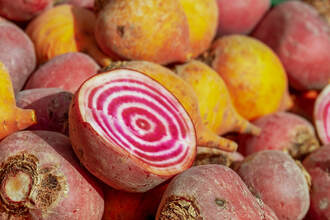
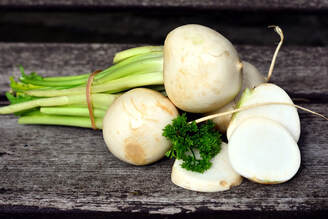
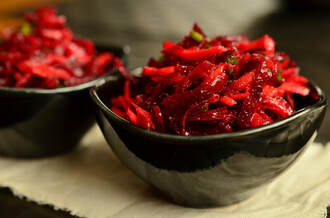
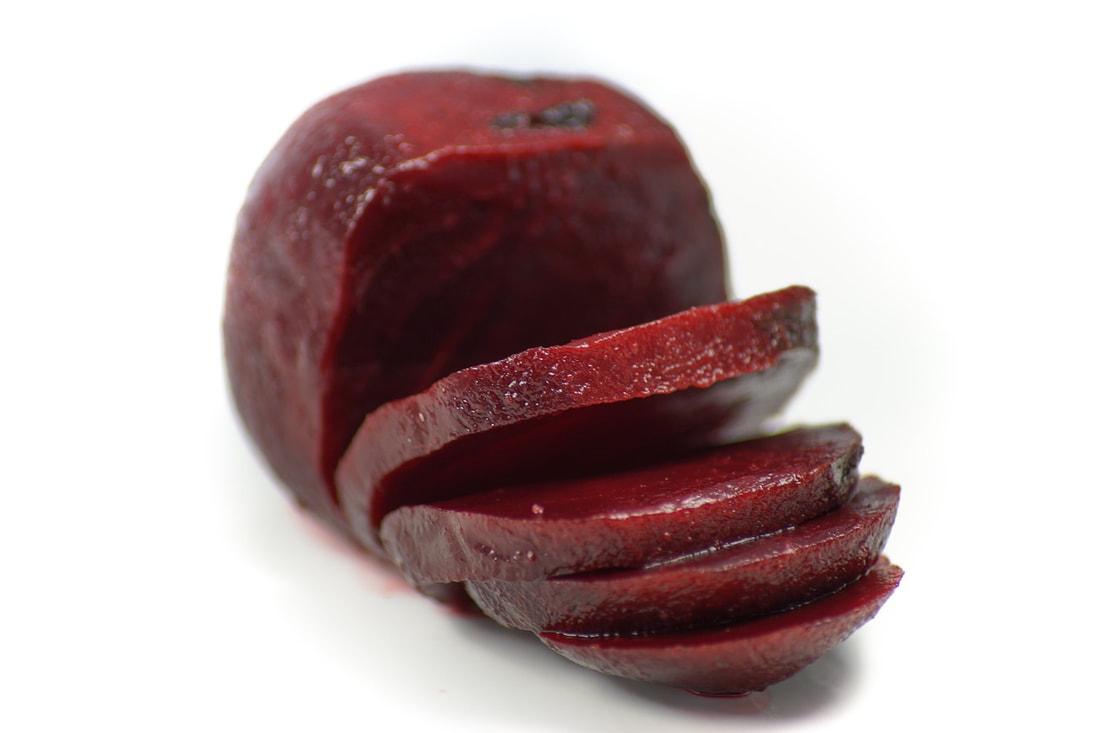


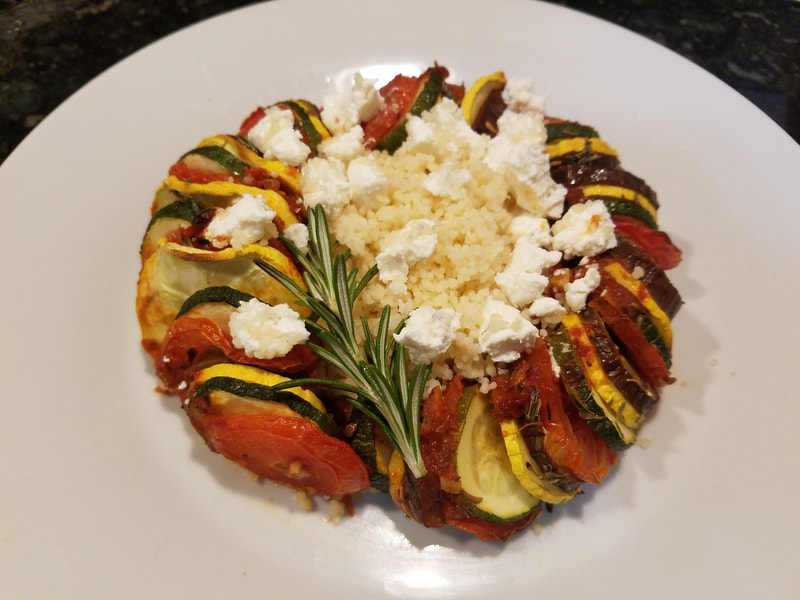
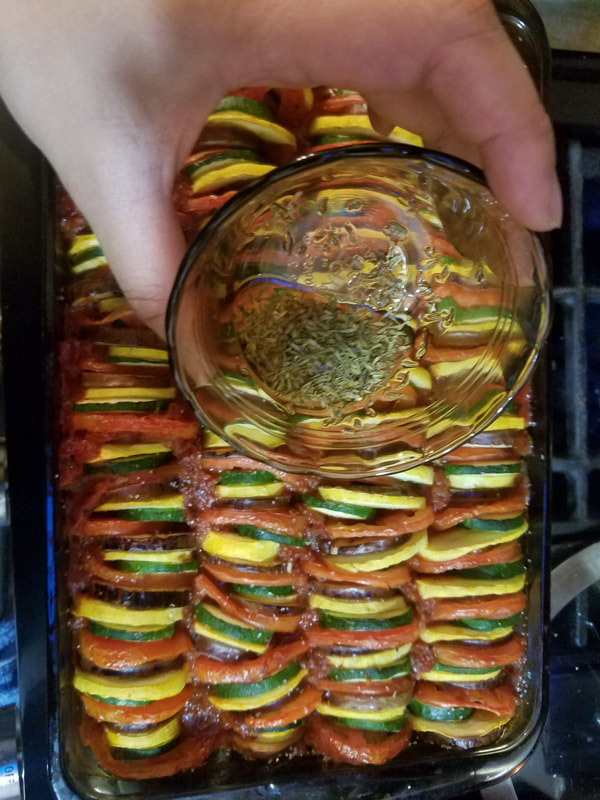
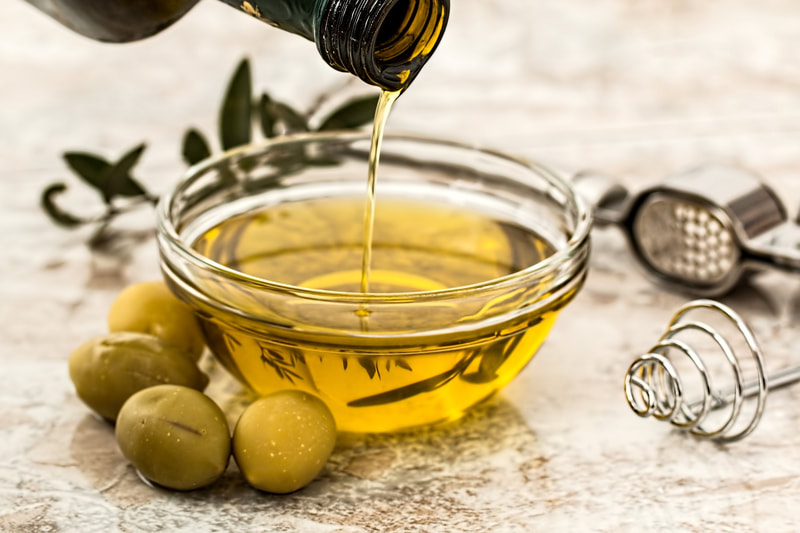
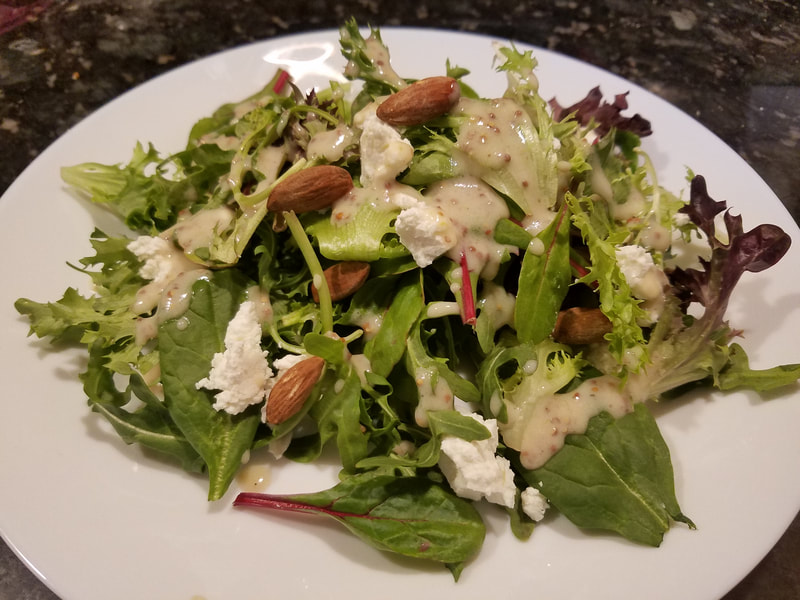
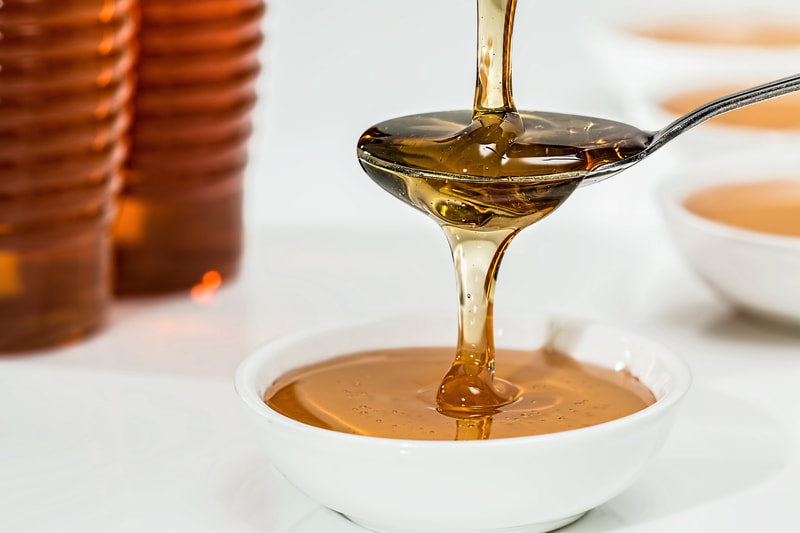
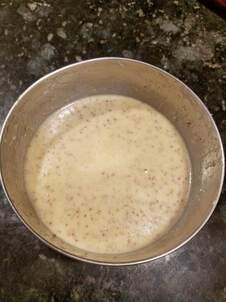
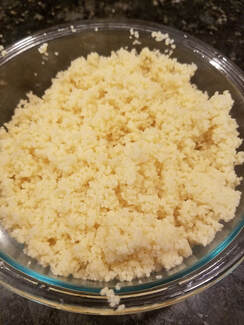

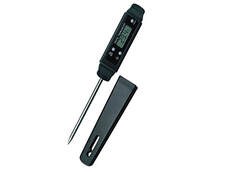

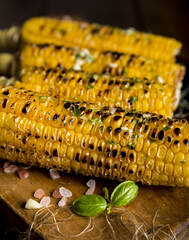
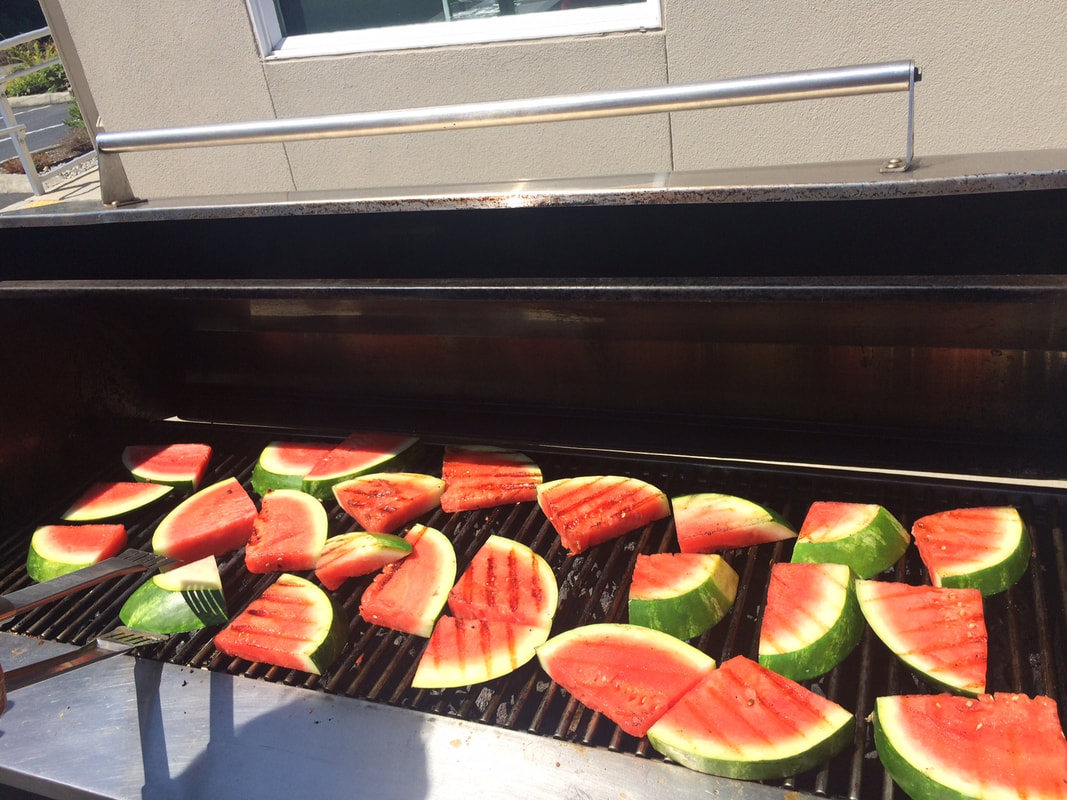


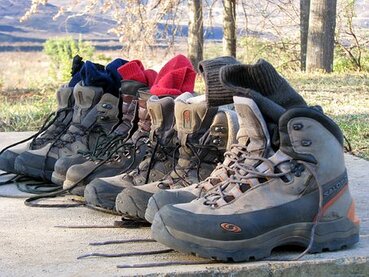
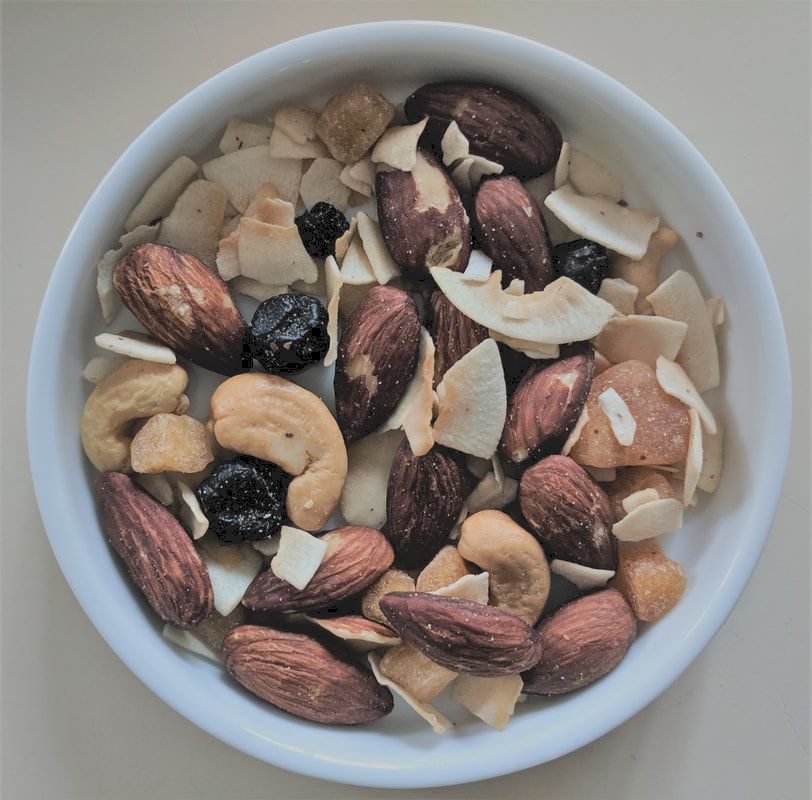


 RSS Feed
RSS Feed